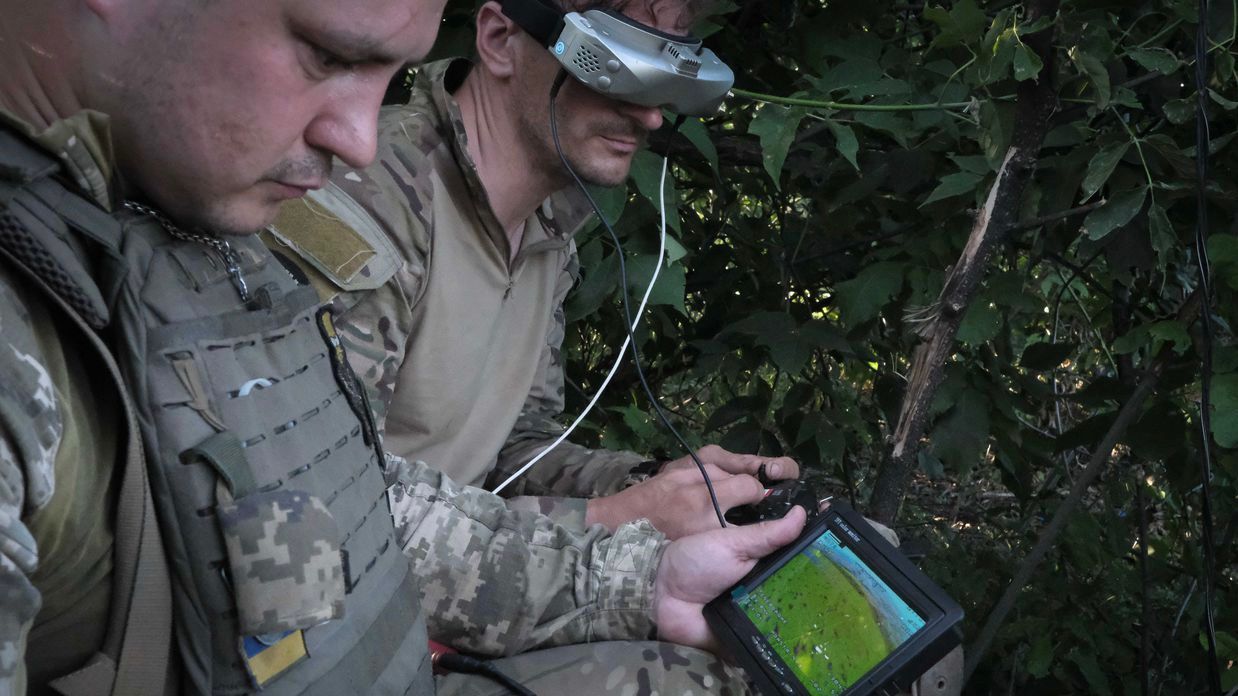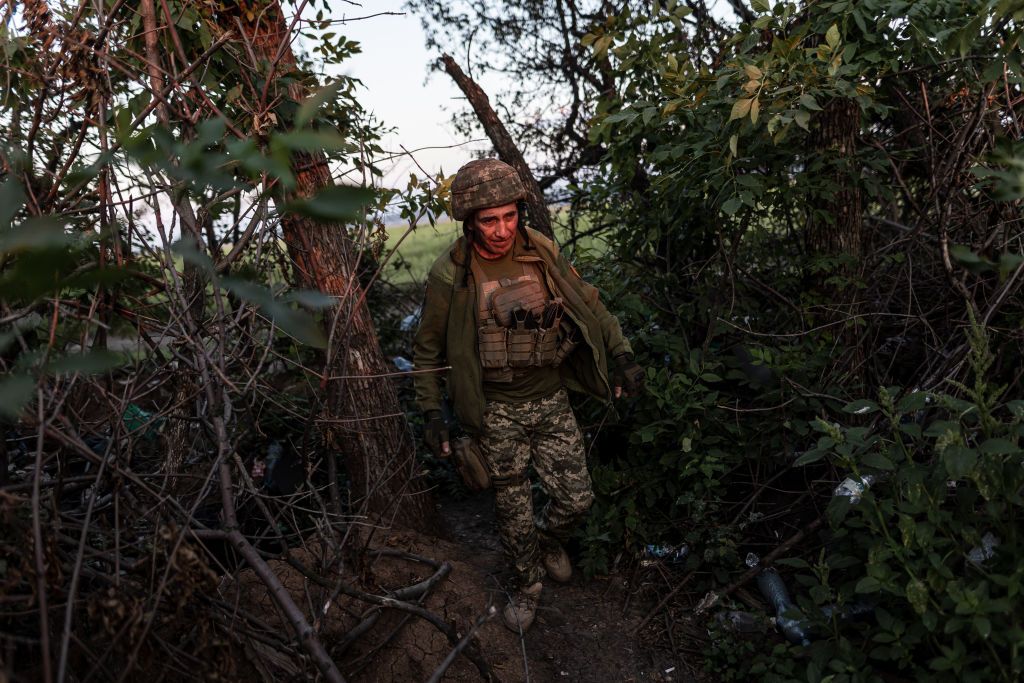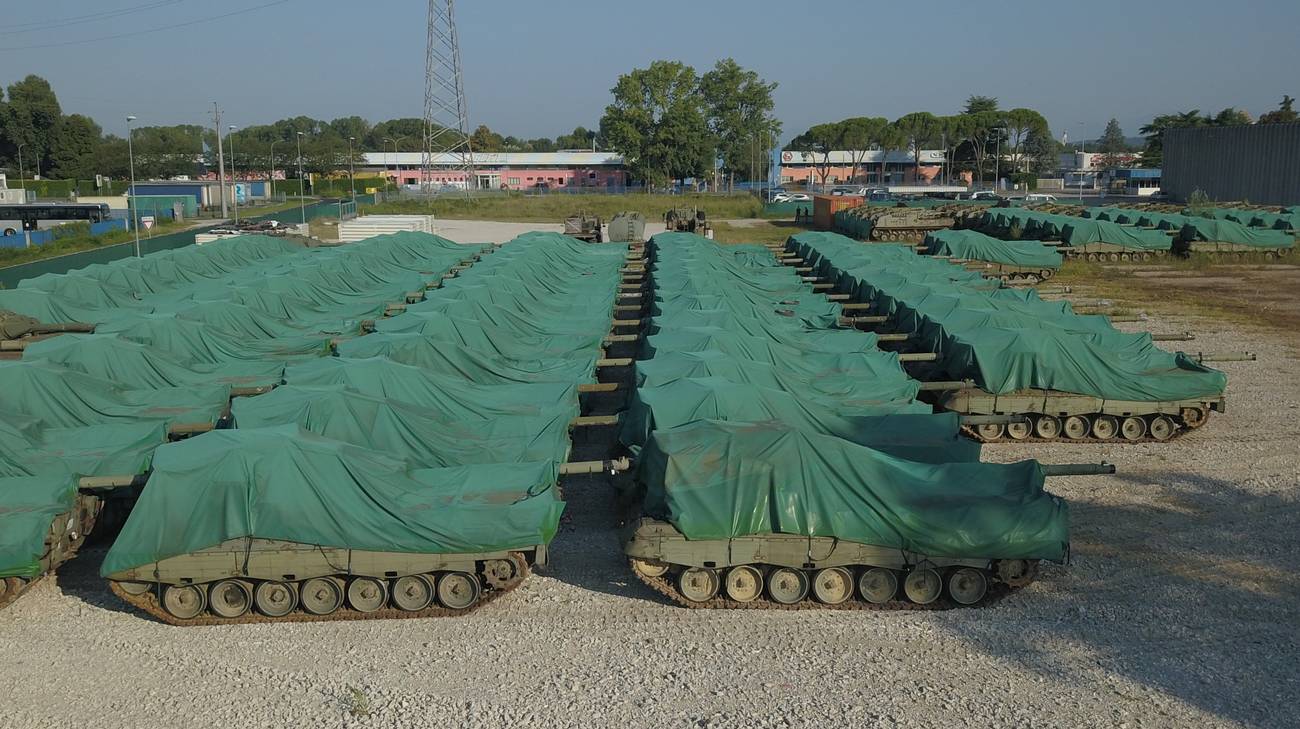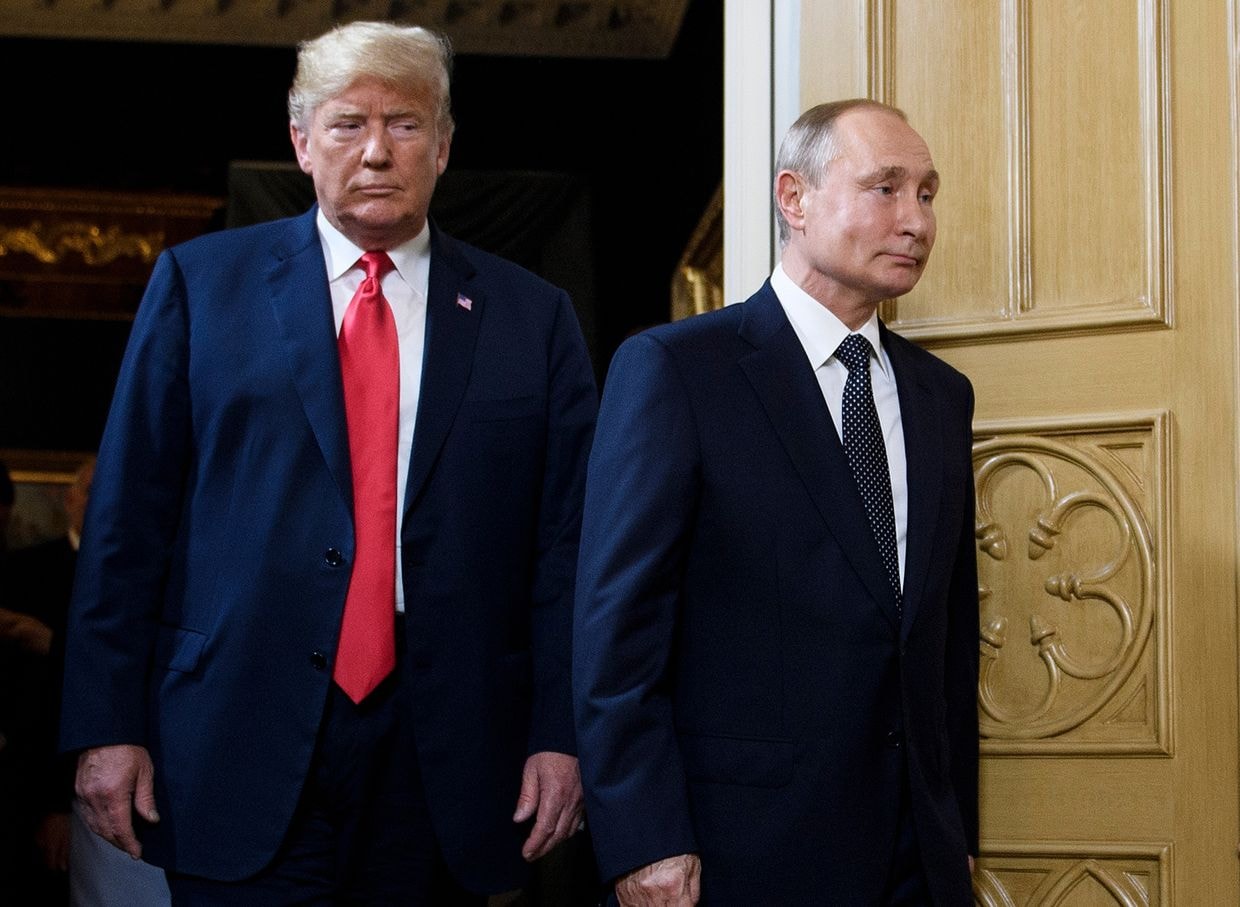Ukraine war latest: Ukrainian advances point to 'severe degradation' of Russian units, says ISW

Key developments on Sept. 19:
- ISW: Ukrainian advances point to 'severe degradation' of Russian units.
- UK intelligence: Russian operations near islands in Kherson Oblast likely 'energized'
- NYT reports Ukrainian missile might have accidentally struck Kostiantynivka market, Kyiv still investigating
- More tanks coming from US, Denmark
- UK pledges 'tens of thousands' artillery shells to Ukraine
- Russian attacks kill six civilians, wound 17 in past day, overnight.
Recent Ukrainian advances in western Zaporizhzhia Oblast and south of Bakhmut correspond with evidence that Russian units in those areas have suffered heavy losses, the Institute for the Study of War (ISW) wrote in its Sept. 18 report.
The ISW identified a number of Russian front-line units, including the 42nd Motorized Rifle Division, that regularly fought Ukrainian troops during the earlier stages of the counteroffensive.
Following recent Ukrainian advances, these units appear to have withdrawn.
"The absence of recent reports and footage of these elements participating in combat engagements in western Zaporizhia Oblast suggests that casualties sustained during the first phases of the Ukrainian counteroffensive rendered them combat ineffective," the ISW said.
The ISW also said that elements of Russia's Black Sea Fleet appear to have retreated behind deeper defensive lines following Ukraine's liberation of Robotyne.
Further, the ISW said that elite Russian units dedicated to counterattacking advancing Ukrainian troops have "likely suffered heavy losses in these operations."
Russian units south of Bakhmut have also racked up heavy losses. The ISW said that Russia's 72nd Motorized Brigade "has likely been rendered combat ineffective."
The ISW's report cautioned that it is too soon to tell exactly what level of degradation Russian units in western Zaporizhzhia and the Bakhmut sector have suffered, and that losses may vary across units.
However, the ISW said that "evidence currently available" points to heavy losses, including loss of combat effectiveness among elite Russian units.
Russian operations near islands in Kherson Oblast likely 'energized,' says UK intelligence
Russian operations around the islands of the lower Dnipro River in Kherson Oblast, which currently mark the front line, have likely been "energized" since being assumed by Russia's 40th Army Corps, the U.K. Defense Ministry said in its daily update on Sept. 16.
Heavy fighting has reportedly continued in the area through the first half of September.
Both Ukrainian and Russian forces have launched raids with groups in small boats against the islands and the opposite riverbanks.
According to the ministry, while the number of forces committed to the area is relatively small compared to other fronts, "both sides see the area as strategically important."
The area also reportedly serves as a means to "draw their adversary's units away from the intense combat in Zaporizhzhia and Donetsk oblasts."
The city of Kherson and other settlements in the region on the Dnipro River's west bank have been continuously subjected to Russian shelling since Ukrainian forces liberated them in November 2022.
NYT reports Ukrainian missile might have accidentally struck Kostiantynivka market, Kyiv still investigating
The New York Times reported on Sept. 18 that the Sept. 6 missile strike on a market in Donetsk Oblast's city of Kostiantynivka could have resulted from a Ukrainian malfunctioning air defense missile fired during battles nearby.
Ukraine's Security Service (SBU) and Air Force told the Ukrainian media outlet Suspilne they were still investigating the attack. Mykhailo Podolyak, an adviser to the Head of the Presidential Office, said that "society will definitely get an answer on what exactly happened in Kostiantynivka."
On Sept. 6, a missile struck a crowded market in front-line Kostiantynivka, killing at least 15 people and wounding 36, according to the latest information by the regional prosecutor's office.
The NYT said they had reached this conclusion after collecting and analyzing evidence, including missile fragments, satellite imagery, witness accounts, and social media posts.
According to the media outlet, Ukrainian forces might have fired a 9M38 missile using the Buk air defense system from the outskirts of nearby Druzhkivka in the direction of the Russian front line, with the rocket possibly falling short of its target and landing in Kostiantynivka.
Air defense experts told NYT that a 9M38 missile can go off course for various reasons, including malfunctioning electronics and a damaged or sheared launch ring.
Ukrainian authorities have reported that Russia hit the market with an S-300 missile, which the SBU said is evidenced by identified missile fragments. Security services also told Suspline they were examining other materials pointing to Russia's involvement in the attack.
The NYT wrote, however, that they were able to collect remains of the missile that struck Kostiantynivka, alleging that its warhead was different from an S-300 one.
Commenting on the NYT report, Podolyak said such articles "cause the growth of conspiracy theories, and therefore will require additional legal evaluation by investigative bodies." He emphasized that Ukraine's law enforcement agencies investigate all attacks conducted during Russia's war by default.
"In the meantime, we should not forget: it was Russia that started the invasion of Ukraine, and Russia is responsible for bringing war to our country. And it is Russia that regularly inflicts massive missile, bomb, and drone strikes on civilian infrastructure and the civilian population," added Podolyak.
"Ukraine, on the other hand, conducts exclusively defensive actions, defends itself and its territories."

More tanks, ammunition coming from Western allies
Ukraine will "soon" receive M1 Abrams tanks committed by the U.S., Defense Secretary Lloyd Austin said while delivering opening remarks at the 15th Ramstein summit.
Austin didn't specify how many vehicles would be delivered in the first batch. Earlier, Politico reported that the first 10 out of 31 promised tanks were scheduled to arrive in Ukraine in mid-September.
The tanks, which offer greater mobility and firepower than Soviet battle tanks, are expected to support Ukraine's defensive and offensive efforts. The shipments may add momentum to the counteroffensive, which has begun to break through Russian lines of defense.
On Sept. 19, defense leaders of some 50 nations gathered for the Ukraine Defense Contact Group meeting at Ramstein NATO base in Germany. The format coordinates the efforts of the U.S. and its allies to provide military aid to Ukraine.
In his opening remarks, Austin urged allies to step up the provision of ground-based air defense systems and ammunition to Ukraine.
"Ukraine's counteroffensive continues to make steady forward progress. And brave Ukrainian troops are breaking through the heavily fortified lines of Russia's army of aggression," the U.S. official said.
"But Ukraine's recent gains also hinge on the crucial capabilities provided by the members of this Contact Group. And our shared commitment will be vital during the current battles —and for the long road ahead."
According to Austin, Washington and other international partners have committed more than $76 billion in direct security assistance to Ukraine since the first Contact Group meeting in April 2022.
Meanwhile, Denmark will donate to Ukraine an additional 45 tanks purchased in cooperation with other countries, Danish Defense Minister Troels Lund Poulsen said on Sept. 19, cited by the TV2 channel.
These are 15 T-72EA tanks and 30 Leopard 1 tanks, Poulsen reportedly said at the 15th Ramstein meeting. He didn't name other countries that would contribute to the donation, as discussions with allies are still underway.
The donation is part of Denmark's $830 million assistance package announced last week, the TV2 channel wrote. The country's largest aid package since the beginning of Russia's full-scale invasion also includes infantry fighting vehicles, ammunition, and anti-aircraft guns, among other things.
According to Poulsen, cited by the Danish media outlet, T-72EA tanks, the modernized version of the Soviet-designed T-72 model, can be deployed on the battlefield immediately after delivery as Ukrainian troops don't require additional training to use them.
This is the first time Denmark is supplying Ukraine with T-72EA tanks, added the outlet.
Meanwhile, British Defense Secretary Grant Shapps said after the Ukraine Defense Contact Group meeting that the U.K. will provide Ukraine with tens of thousands more artillery shells in the coming months.
"Today we've demonstrated the U.K.'s unwavering commitment to Ukraine and set out more military support, including pledging tens of thousands more artillery shells to enable Ukraine to defend itself," Shapps said, as cited by Reuters.
"We have also set out how the U.K. will go further in the coming months in our priority support areas, including air defense and long-range strike capabilities, and training."



















